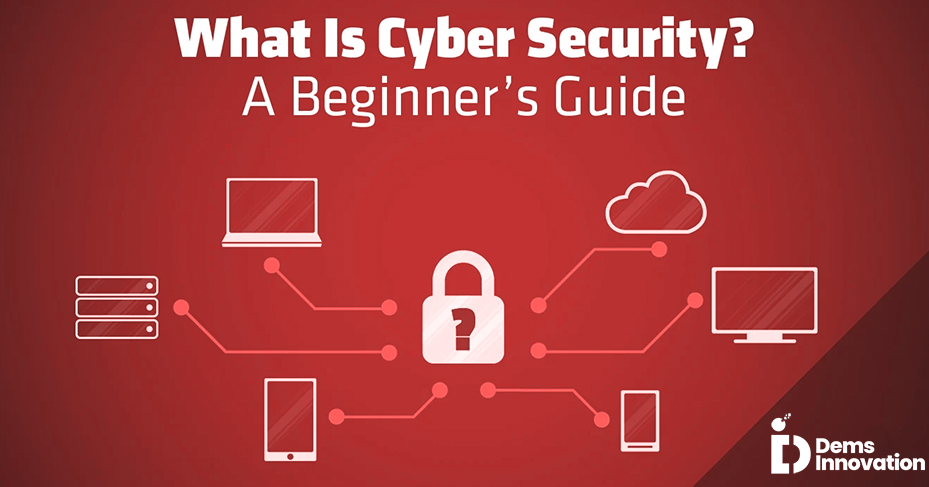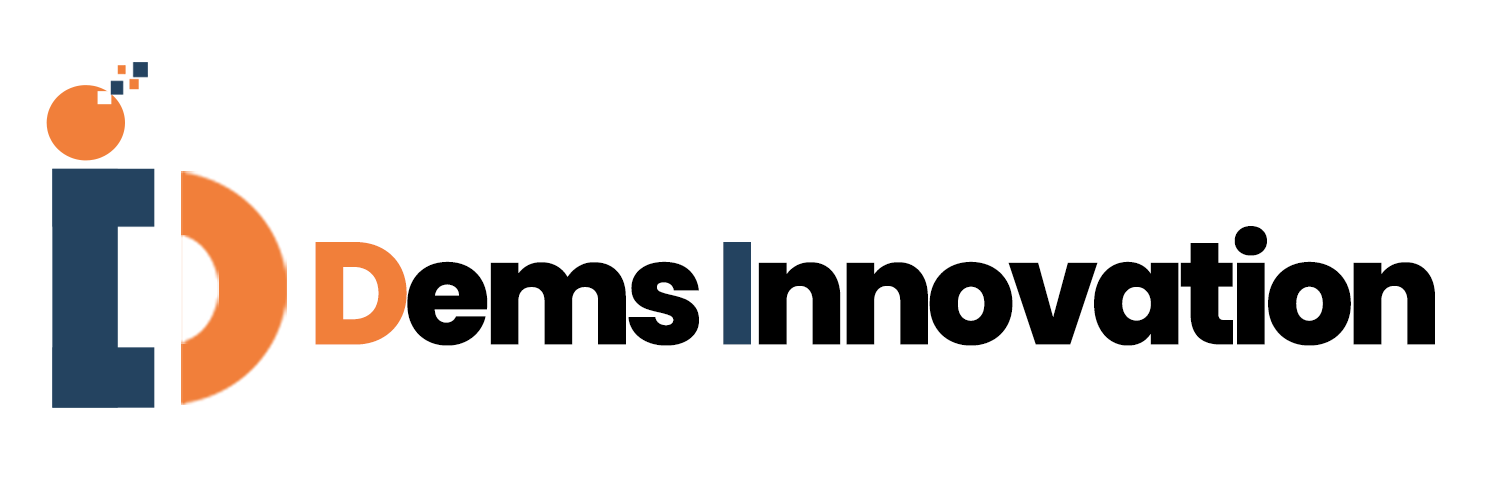In today’s interconnected world, cybersecurity is an essential aspect of our digital lives. From personal data to sensitive government information, everything is stored electronically. In this article, we will delve into the world of cybersecurity, its significance, and its multifaceted components.
Defining Cybersecurity
Cybersecurity refers to the practice of protecting computer systems, networks, and data from theft, damage, or unauthorized access. It involves strategies, technologies, and best practices aimed at securing digital assets. The primary goal of cybersecurity is to ensure the confidentiality, integrity, and availability of information while minimizing risks.
The Significance of Cybersecurity
Cybersecurity is of utmost importance for various reasons:
- Protection from Cyber Threats: The rising number of cyberattacks poses constant risks. Cybersecurity is the defense against threats such as malware, phishing, ransomware, and more.
- Privacy Safeguard: Protecting personal and sensitive data is crucial to prevent identity theft and privacy breaches.
- Business Continuity: Organizations heavily rely on their digital infrastructure. Cybersecurity ensures that operations continue, even in the face of attacks.
- Compliance: Numerous industries have regulatory requirements for data security. Non-compliance can lead to legal consequences and fines.
Key Aspects of Cybersecurity
Cybersecurity is a multifaceted field, encompassing several crucial components:
1. Network Security
Network security entails safeguarding networks, including hardware and software, from unauthorized access or damage. Key components include firewalls, intrusion detection systems, and encryption.
2. Information Security
Information security focuses on securing data from unauthorized access, disclosure, or alteration. This involves data classification, access control, and encryption.
3. Endpoint Security
Endpoint security is about protecting individual devices, such as computers, smartphones, and tablets. It employs antivirus software, patches, and endpoint detection and response (EDR) systems.
4. Cloud Security
With more data stored in the cloud, securing it has become paramount. Cloud security involves data and application protection through encryption and access control measures.
5. Application Security
Application security aims to prevent vulnerabilities in software applications that can be exploited by attackers. Secure coding practices and regular testing are essential.
6. Identity and Access Management (IAM)
IAM manages user identities and controls their access to systems and resources, ensuring that only authorized individuals can access specific data.
7. Security Awareness and Training
Human error is a common cause of security breaches. Security awareness and training programs educate individuals about cybersecurity best practices.
References
This article was compiled with reference to the following sources:
- Cybersecurity and Infrastructure Security Agency (CISA)
- National Institute of Standards and Technology (NIST)
- Symantec: Internet Security Threat Report
In conclusion, cybersecurity is an indispensable component of our modern digital landscape. By implementing effective cybersecurity measures, we can protect our data, privacy, and critical systems from cyber threats, ensuring a safer and more secure online world.

demsinnovation twitter page : https://twitter.com/DemsInnovation
Visit https://demsinnovation.com/ to know about DevOps services
Visit blog page for more interesting blog articles https://demsinnovation.com/news-page/
Ever wandered what DevOps is all about visit our blog page to know more

